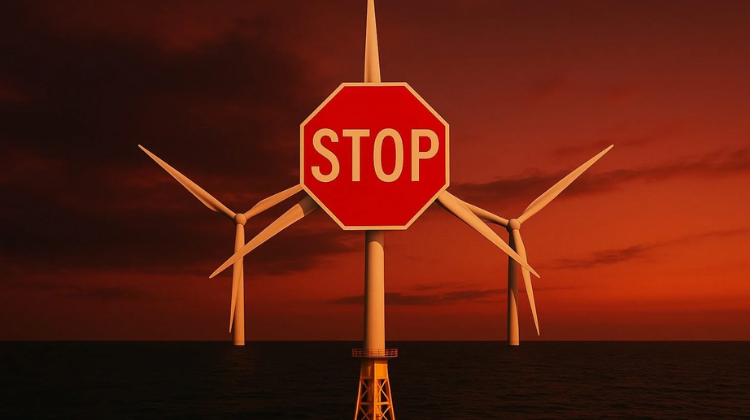Grenergy is solidifying its commitment to Spain as one of the strategic pillars for large-scale hybrid and storage project development. This was the key message from CEO David Ruiz during his participation in Panel 1: “Photovoltaics as an Ally of Storage in the Iberian Peninsula”, held at FES Iberia 2025.
“We announced a 3.5 billion euro investment over the next three years, 40% of which is already in progress. By year-end, we expect to surpass the 50% mark,” Ruiz stated. The company is advancing initiatives across six key countries — Spain, the UK, Germany, Italy, Romania and Poland — but sees Spain as a turning point for storage deployment.
Currently, Spain accounts for less than 10% of that investment, yet Grenergy believes the market holds significant potential if the right regulatory adjustments are made. “The country has the conditions needed for both hybrid and stand-alone models to develop efficiently,” emphasised the CEO.
Post-blackout context and regulatory signals
The 28 April blackout marked a shift in strategic perception. Ruiz believes the incident served as a catalyst to speed up the integration of storage: “We’ve been pushing for changes in the grid, and the blackout has greatly accelerated the need for massive energy storage,” he remarked.
However, turning that urgency into a tangible investment hinges on overcoming persistent regulatory barriers. He specifically pointed to permitting inefficiencies: “It makes no sense to reprocess a storage project that has already been evaluated alongside a renewable one,” he criticised.
He also noted the lack of specific regulation for island territories. “There’s no dedicated framework for the islands, which is where storage is most urgently needed,” he explained, calling for clearer signals to implement and finance already-awarded projects.
Additionally, “the absence of an operational capacity market remains one of Spain’s unresolved issues,” he noted, while acknowledging some progress: “It seems it’s finally on the horizon, though we’ve been expecting it for quite some time.”
Projects underway and differentiated strategy
Grenergy is preparing to launch its first major stand-alone storage plant in Spain, located in Asturias, with 150 MW and 4 hours of storage capacity. According to Ruiz, this project will rely on tolling agreements, which transfer project risk to offtakers: “It’s a key tool to ensure stable revenues and project bankability,” he said.
At the same time, he underlined that “the commercial strategy for hybrid plants in Spain must differ clearly from that of stand-alone projects,” as they share grid connection points and fall under distinct regulatory frameworks.
The CEO also pointed out Spain’s competitive advantage in solar generation, and the potential to enhance it with battery systems: “Our goal is to move cheap energy from off-peak hours to peak hours; storage enables that,” Ruiz affirmed.
International comparisons and technological outlook
Ruiz compared Spain’s progress with markets like Chile, where “three years ago, the projection was for 1 GW of storage by 2030, and now we’re talking 5 GW with an average of six hours”. He highlighted that Grenergy accounts for 40% to 50% of that projected volume, underscoring its exportable experience to Europe.
He also referenced the UK and Germany as benchmarks in ancillary services and inertia markets: “They offer valuable models for designing revenue structures beyond mere price arbitrage,” he commented.
As for technology, Ruiz dismissed the idea that storage is still emerging: “Battery systems are far more mature today than photovoltaics were back in 2007. Efficiency is improving faster than expected,” he argued.
Relive the event here:






























